Exhibition
2F Museum Facilities
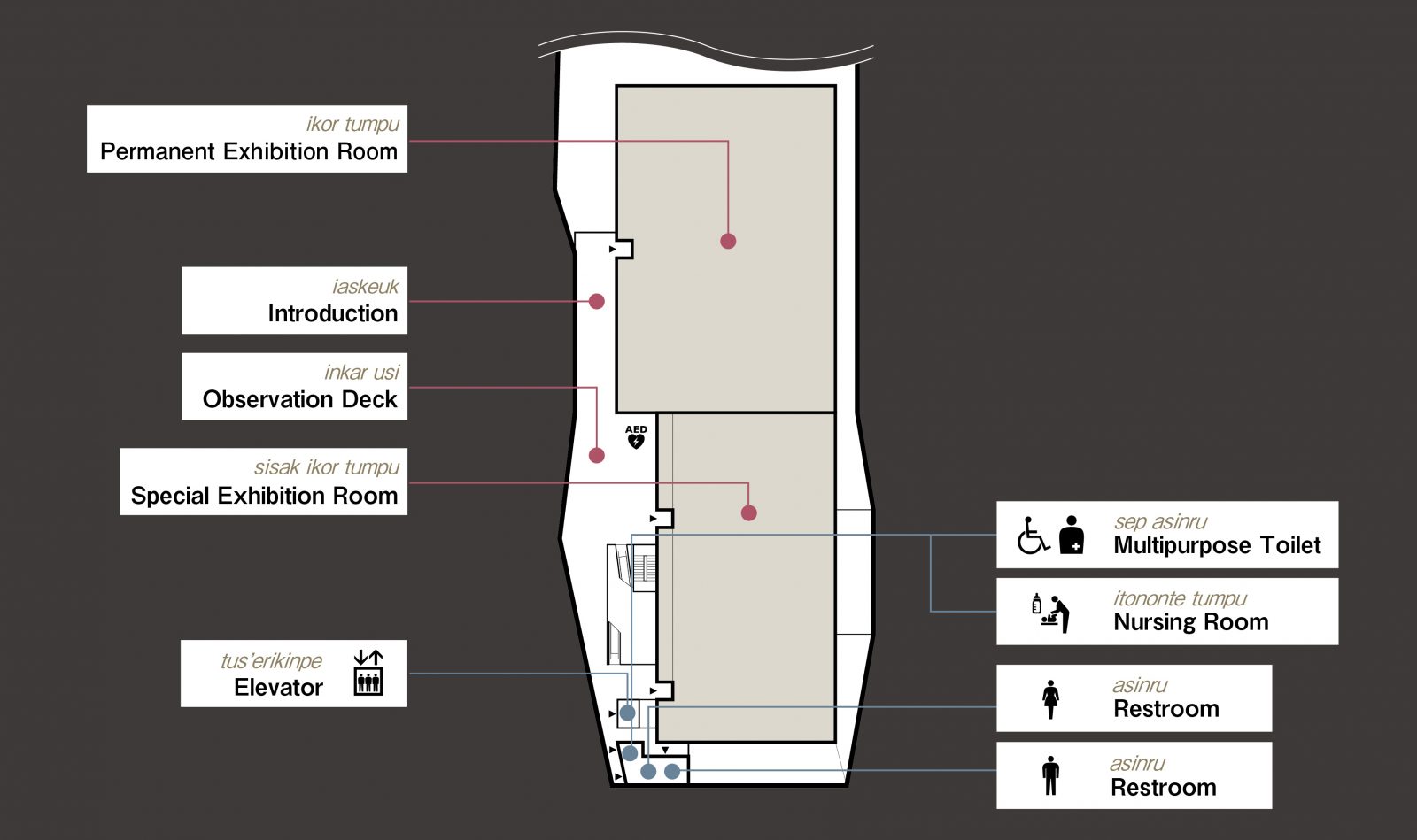
sisak ikor tumpu
Special Exhibition Room (2F)
National Ainu Museum’s 5th Special Exhibition, Ikor uekarire – Collecting Ainu Materials
- Release Date:
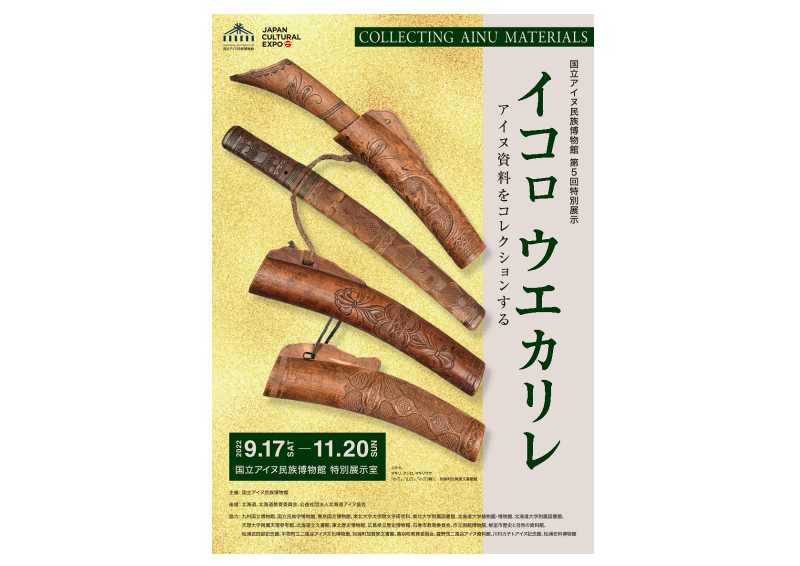
Outline of the Exhibition
This exhibition sheds light on Ainu materials and their collectors. Focusing on folk materials, it introduces how those collections known as “Ainu collections” were created.
The items in this exhibition we refer to as “Ainu materials” are indispensible for talking about the history the Ainu people have travelled from the past to the present, and the Ainu culture they have inherited. Ainu collections are defined here as Ainu materials that have been collected or produced by individual collectors or organizations for a specific purpose against the background of the times and social conditions under which they were collected.
It is important to remember that parts of some collections were collected in a manner that went against the will of the Ainu people. The museum in no way endorses or approves of this past practice. The Ainu materials themselves that have been preserved to date, however, are still indispensible for talking about Ainu history and culture.
The museum endeavors to create exhibitions that communicate Ainu history and culture, verifying the history behind Ainu collections as much as possible, and selecting Ainu materials that do not damage the dignity of the Ainu people.
The museum endeavors to create exhibitions that communicate Ainu history and culture, verifying the history behind Ainu collections as much as possible, and selecting Ainu materials that do not damage the dignity of the Ainu people.
Overview
National Ainu Museum’s 5th Special Exhibition, Ikor uekarire – Collecting Ainu Materials
* The name of this exhibition, ikor uekarire means the following: ikor means “precious items” in the Ainu language, and here it refers to “materials.” Uekarire means “to collect” and here means “he/she (they) collect/collected materials” in the Ainu language (Asahikawa dialect).
【 Dates 】
September 17, 2022 (Sat) – November 20, 2022 (Sun)
【 Closed on 】
Mondays (when Monday is a holiday, the museum will close on the next business day).
【 Venue】
National Ainu Museum, Special Exhibition Room
【 Organized by 】
National Ainu Museum
【 Cooperation by 】
Hokkaido Government, Hokkaido Government Board of Education, and the Ainu Association of Hokkaido
【 Collaboration with 】
Kyushu National Museum, National Museum of Ethnology, Tokyo National Museum, Tohoku University Graduate School of Arts and Letters, Tohoku University Library, Hokkaido University Botanic Garden, Hokkaido University Library, Tenri University Sankokan Museum, The Archives of Hokkaido, Tohoku History Museum, Hiroshima Prefectural Museum of History, Ishinomaki City Board of Education, Hakodate City Museum, The Nemuro City Museum of History and Nature, Matsuura Takeshiro Memorial Museum, Nibutani Ainu Culture Museum, Kaga Family Archives, Makubetsu Town Board of Education, Kayano Shigeru Nibutani Ainu Museum, Kawamura Kaneto Ainu Museum, Matsura Historical Museum
Registration and Admission
To be admitted to the Special Exhibition we recommend you designate the day and time of your visit online (Advance Registration). [ Online Reservation is here ]
・ Admission reservations for both the Permanent Exhibition and Special Exhibition can be made together online.
・ Admission to the museum is possible without an advance reservation. Visitors with an advance reservation will be given priority when the exhibition floor is crowded. Visitors without a reservation may have to wait.
・ In order to be readmitted to the exhibition, you will need to reserve a new admission time.
COVID-19 Countermeasures :
The museum is working to prevent the spread of infection based upon the guidelines of the Japanese Association of Museums.
We are continuing the wearing of face masks at all times, and thorough hand disinfection.
For access to the Special Exhibition, you will need to pay the Upopoy Admission Fee and the Special Exhibition Fee.
| Special Exhibition Fees[tax included] | + | UPOPOY Admission Fees[tax included] | |
|---|---|---|---|
| Adults | 300yen (240yen ) | + | 1,200yen (960yen )/One Year Pass 2,000yen |
| High school students | 200yen(160yen) | + | 600yen(480yen)/ One Year Pass 1,000 yen |
| Junior high school students and under | Free | + | Free |
* Prices in ( ) are group discounts for 20 people or more.
* Admission is free of charge for visitors with disabilities and one caregiver. Please present documentation upon entry.
関連イベント
会期中に、下記の関連イベントを開催します。 詳しくは各イベントの詳細ページをご覧ください。
●開会記念講演会「日本最初の文部省博覧会とそのコレクターたち」
[日時]2022年9月17日(土)13:30~14:30(当日受付/受付13:00から)
[講師]佐々木 利和 氏(北海道大学 アイヌ・先住民研究センター 招へい教員)
*詳しくはこちらをご覧ください。
●ギャラリートーク[1]
[日時]2022年9月23日(金祝)13:30~14:00(当日受付/受付13:00から)
*詳しくはこちらをご覧ください。
●講演会「海外アイヌ・コレクションから見えること」
[日時]2022年10月1日(土)13:30~14:30(当日受付/受付13:00から)
[講師]山崎 幸治 氏(北海道大学 アイヌ・先住民研究センター 准教授)
*詳しくはこちらをご覧ください。
●ギャラリートーク[2]
[日時]2022年10月8日(土)13:30~14:00(当日受付/受付13:00から)
*詳しくはこちらをご覧ください。
●バックヤードツアー
[日時]2022年10月15日(土)13:30~14:45(要事前申込【10/13(木)まで】/先着順)
*詳しくはこちらをご覧ください。
●ギャラリートーク[3]
[日時]2022年10月23日(日)13:30~14:00(当日受付/受付13:00から)
*詳しくはこちらをご覧ください。
●ギャラリートーク[4]
[日時]2022年11月3日(木祝)11:00~11:30、13:30~14:00(当日受付/各回の受付は30分前から)
*詳しくはこちらをご覧ください。
●シンポジウム「アイヌ資料をコレクションすることを考える」
[日時]2022年11月5日(土)13:00~17:00(当日受付/受付12:30から)
*詳しくはこちらをご覧ください。
●バックヤードツアー *~11/5(土)まで申込受付中です!
[日時]2022年11月12日(土)13:30~14:45(要事前申込【11/5(土)まで】/先着順)
*詳しくはこちらをご覧ください。
●ギャラリートーク[5]
[日時]2022年11月19日(土)13:30~14:00(当日受付/受付13:00から)
*詳しくはこちらをご覧ください。
Contents
Ⅰ What are Ainu materials?
Ⅱ When Ainu collections began – Recording the Ainu people
Ⅲ When Ainu collections were formed in Japan – The antiquarian and archaeological gaze
Ⅳ When Ainu collections are exhibited in museums
Ⅴ Ainu collections in an era of diversification
I What are Ainu materials?
When talking about the history that the Ainu people have experienced from the past to the present, and the Ainu culture they have inherited, Ainu materials are indispensible.
Folk tools used in daily life in the past, things written about events and customs concerning the Ainu people and things written by Ainu people themselves, pictures, photographs, film, recordings of oral literature and narratives, archaeological remains of the Ainu people and their ancestors – all of these are Ainu materials. They also include new forms of expression being created today that actively incorporate inherited techniques and knowledge. Beginning, of course, with the Ainu people themselves, Ainu materials have been created by many different people. These materials are not bound to the past, but continue to be created today, and their volume and variety are always increasing.
II When Ainu collections began – Recording the Ainu people
When the Tokugawa Shogunate began to rule Japan in the 17th century, Ainu and Ezochi began to be described as being on Japan’s “frontier.” From the 18th and 19th centuries, alongside the intention to expand that can be seen in the emergence of the Shogunate’s awareness of its own territory, this description began to appear in many documents. This was the beginning of Ainu collections.
At this time, Ainu did not make records about themselves, nor did they make portraits. For this reason, all written and visual descriptions of the Ainu were made by non-Ainu Others. A more detailed picture of the Ainu, who had been widely known through an image of a “exotic” people who live in the north, began to emerge with more information from the Shogunate’s surveys of Ezochi. At the same time, woodcraft and other items made with the skilled techniques of the Ainu began to circulate among the educated and common people alike as exotic souvenirs. The “foreignness” of the Ainu and Ezochi appealed to the tastes of Wajin (ethnic Japanese) society and added an exotic accent to people’s lives at the time.
III When Ainu collections were formed in Japan – The antiquarian and archaeological gaze
In building a modern state, the “development” (kaitaku) of Hokkaido became an urgent priority for the Meiji government from the late 19th century onwards. For the Ainu people, this was an age of dramatic change to their lifestyles through assimilation policies that had a severe impact on their unique culture, and the establishment of national borders that meant forced relocation from Karafuto and Chishima.
The Ainu people became the object of antiquarian curiosity on the one hand, and they came to be compared with “the Japanese” under a set of values that emphasized the “civilization” and “the primitive.” Academic disciplines that contributed to the formation of the identity of the nation-state, subdivided into ethnology, anthropology, archaeology, and others, evaluated and positioned the Ainu people within Japan.
From the 20th century, beauty is identified in Ainu handiwork as craft in the form of embroidery and woodcarving. Folk items relinquished from the Ainu people as their lifestyles underwent change, became valued as craftwork and exchanged on the collection market giving rise to new collectors.
Ⅳ When Ainu collections are exhibited in museums
Aiming to join the international community, Japan adopted the slogan of “leave Asia, enter Europe.” A growing interest in “Oriental Studies” was formed in countries considered to be the Great Powers at the time. The building of museums in Japan with an aim to promote industry and raise national prestige was linked to the exhibiting of high quality “products” in expositions and the display of progress in “curation” by the Meiji government. In this context, Ainu materials were treated as proof of the success of the “development” (kaitaku) of Hokkaido.
The Ainu folk items that were collected in the early Meiji period came to form the early collections in Japan and they remain extremely valuable today for learning about 19th century Ainu culture. These collections created the base assemblage of Ainu folk tools. Combined with the Ainu collections from the late 19th century and early 20th century as craft and art works, and academic resources, these formed the basis through which the “traditions” of Ainu culture came to be seen through folk tools.
Ⅴ Ainu collections in an era of diversification
The impact of assimilation policy on Ainu culture was severe. The active cultivation of ethnic consciousness from the end of the Meiji period to the Taishō period led to cultural revival and transmission and Ainu people themselves became involved in the formation of Ainu collections. Through a sense of crisis from the loss of treasured Ainu materials, and in order to pass them on to future generations, Ainu people themselves built museums and collected Ainu materials.
In 1984, the Ainu Association of Hokkaido compiled the Draft Law for Ainu People to improve the status of the Ainu people and appeal to the government. In 1997, the Ainu Cultural Promotion Act was promulgated, and the promotion and dissemination of Ainu culture was furthered. This task has been inherited by the Ainu Policy Promotion Act, passed in 2019, that recognized the Ainu people as an indigenous people. As the situation surrounding Ainu culture has changed from the late 20th century to the 21st, new Ainu collections centering on the Ainu people are being created and diversification is taking place.
見どころ
●国指定文化財7件一挙に公開!
文化史的意義の特に深いもの、学術的価値が極めて高いものとして、国の重要文化財に指定されているアイヌ資料があります。一堂に紹介するのは本展覧会が初めてとなります。
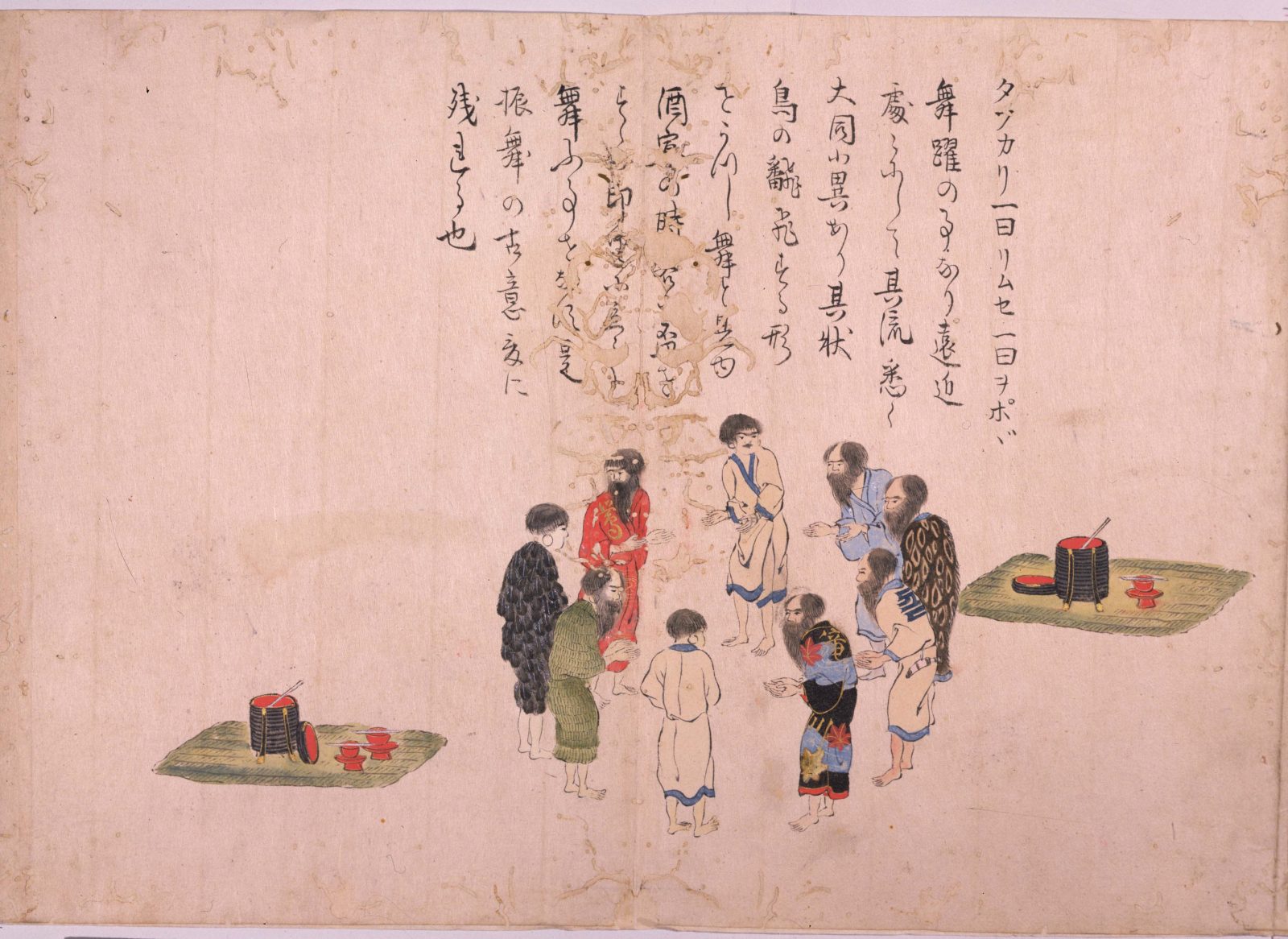
作者 村上島之允(秦檍磨) 1800年
収蔵 九州国立博物館
Image: TNM Image Archives
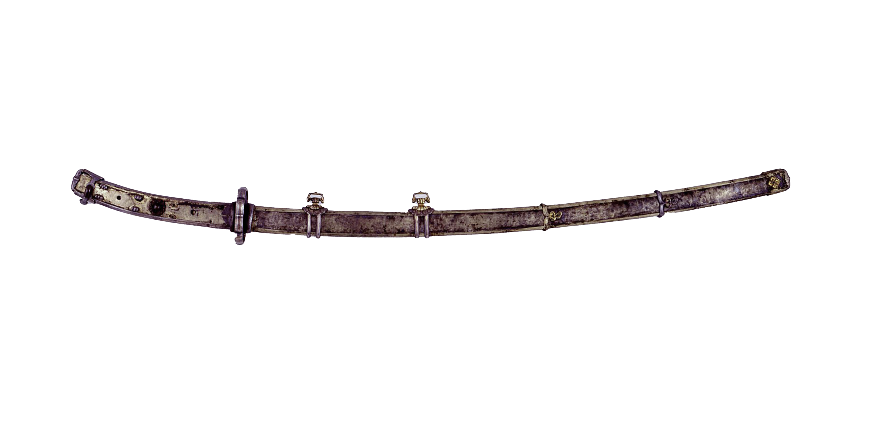
収集者 杉山寿栄男 20世紀前半
所蔵 東北歴史博物館
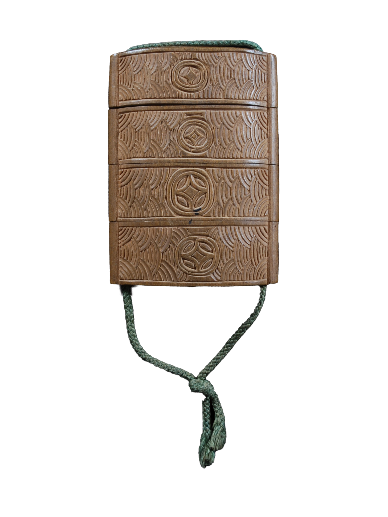
収集者 菅茶山 18世紀末~19世紀初頭
所蔵 広島県立歴史博物館
●北海道で初めて公開する資料多数!
まだまだ知られていないアイヌ資料が全国の博物館などに収蔵されています。コレクションした人物・組織や時代背景などのエピソードと合わせて、この機会にご覧ください。

収集者 伊東信雄 1933年
収集地 樺太
所蔵 東北大学大学院文学研究科
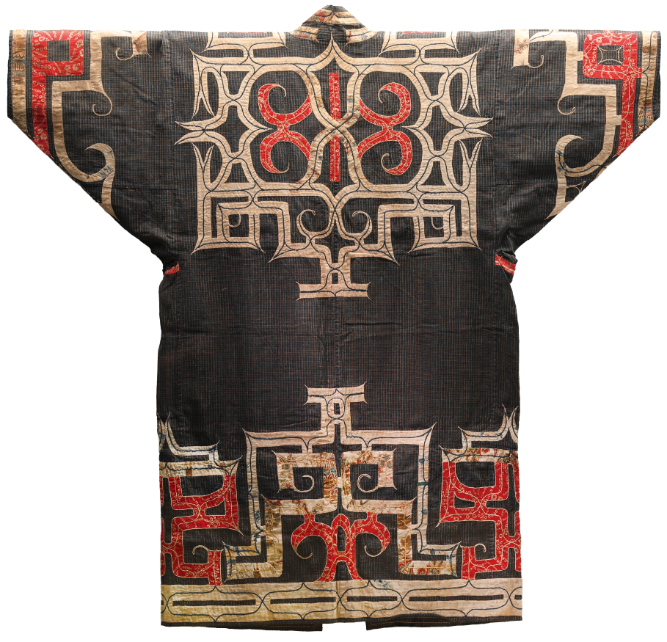
収集者 毛利総七郎 20世紀前半
所蔵 石巻市博物館

ヘラ
収集者 松浦静山 18世紀末
所蔵 松浦史料博物館
●貴重な資料が一堂に集結!
国内外において現存する数が極めて少ない資料、そして武四郎が収集したマキリなど貴重な資料が勢揃いします。

収集者 松浦武四郎 19世紀中ごろ
所蔵 松浦武四郎記念館
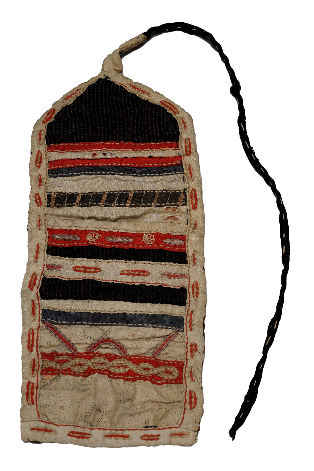
収集者 鳥居龍蔵 1899年
収集地 千島
所蔵 国立民族学博物館

収集者 林欽吾
収集地 色丹島
所蔵 根室市歴史と自然の資料館
●必見!北海道最初の博物館が今ここに
開拓使が設置した札幌仮博物場(1877(明治10)年)と函館仮博物場(1879(明治12)年)は、どちらも日本における地域博物館の先駆けでした。さまざまな資料と合わせて、当時の様子を紹介します。
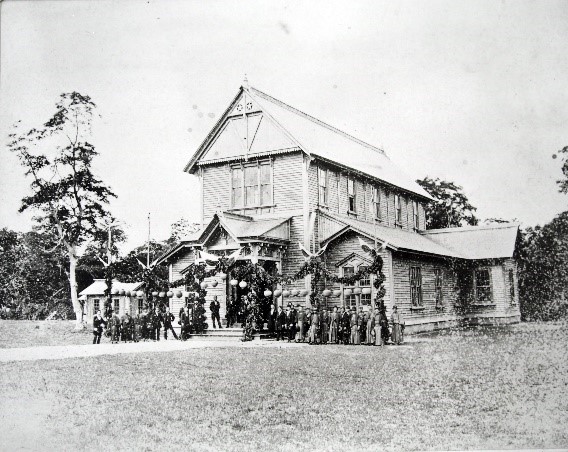
所蔵 北海道大学附属図書館
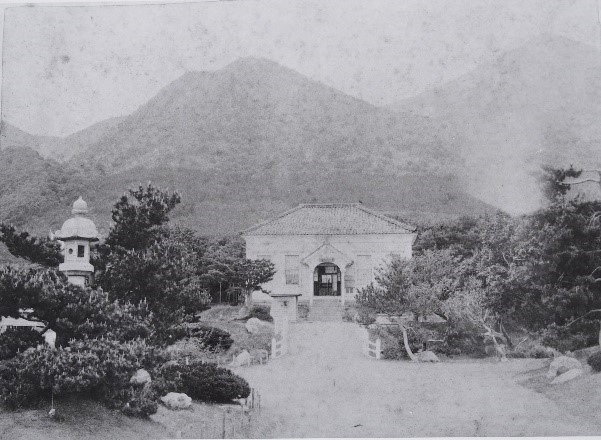
所蔵 北海道大学附属図書館
●美と技を今に伝える作品!
受け継がれてきた技術や知識を活かして新たな作品が創り続けられています。現代の作品から今に続く文化にふれてください。
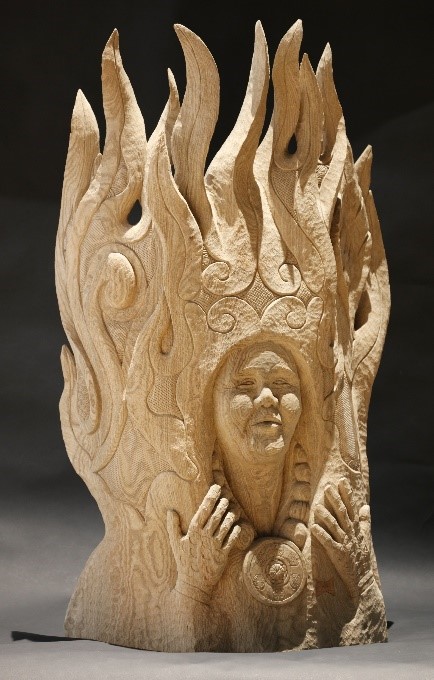
製作者 貝澤徹 2020年
所蔵 国立アイヌ民族博物館
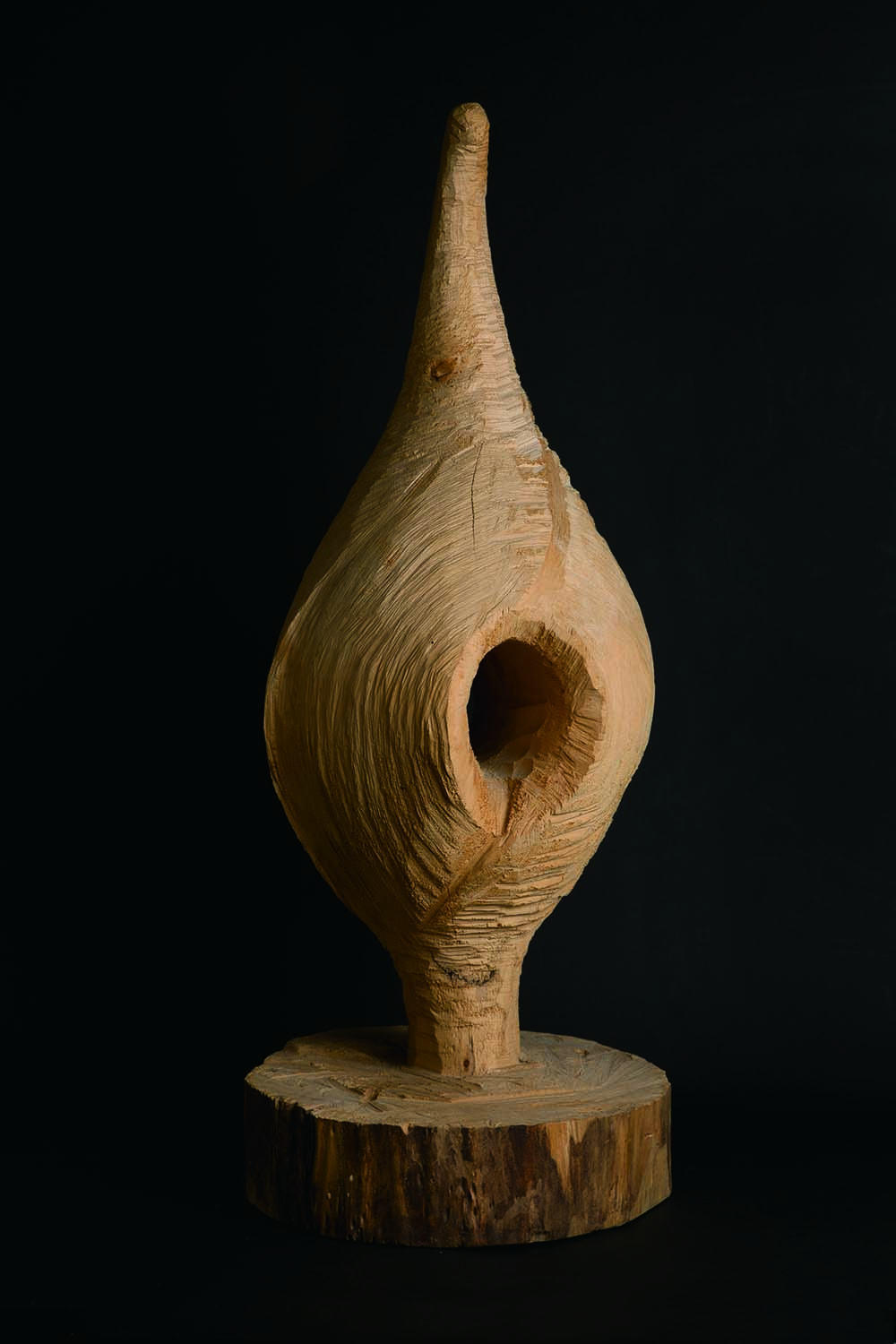
製作者 床ヌブリ 1982年
所蔵 アイヌ民族文化財団

